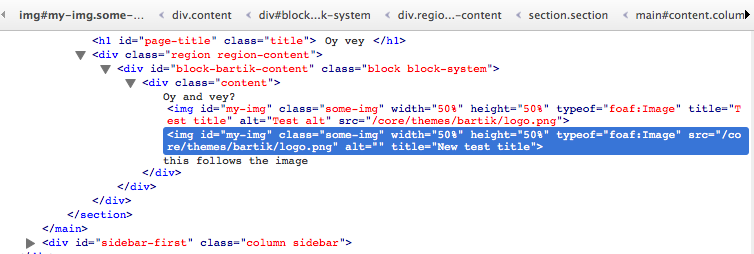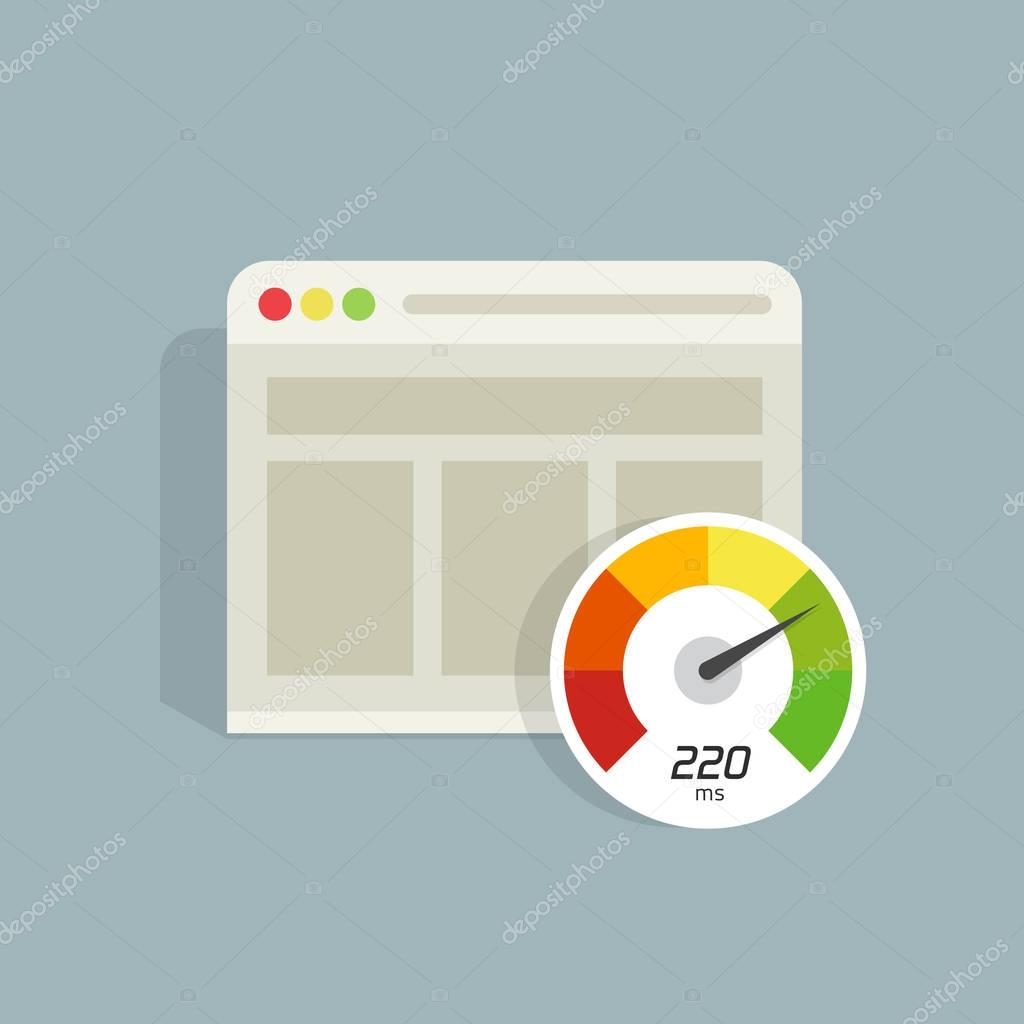With Google’s constantly changing algorithm, it is no doubt that SEO is one of the most volatile industries today. Every now and then, changes are implemented, which means what works today might no longer be the trend tomorrow. Nonetheless, SEO experts do their best to stay in the loop for updates to ensure their websites still retain the top spot on SERPs.
Of course, we want to make things easy for you. We already listed 10 SEO strategies that will help your website to retain the top spot this 2024.
Table of Contents
1. Use the right keywords.
Obviously, it would be a waste of effort and time to optimize your site for keywords that are not relevant to your industry. So, first things first, you have to invest in the right tool to be able to find the right keywords; those keywords that could turn a simple search into leads and purchases.
2. Know where your competitors are getting their links.

For search engines, links play a vital role. Having said that, it is just right to exert more efforts into building more links to your website. How do you do that? Simple. You can always begin by checking where your competitors are getting theirs. And then, analyze them.
3. Create enticing, linkable, and shareable content.
Everywhere you go online, you see different sorts of contents. But if you notice, some of them easily get disregarded because they’re not interesting enough to read. Hopefully, you don’t create something like that. Whenever you publish content on your website, make sure you ask if it is interesting and useful for your audience. Also, check if it is unique and original. Google does not want plagiarized content. Once you are able to make a good piece of content, then you already have an edge over your competitors.
4. Optimize your meta tags and title for SEO.

If you want your content to appear in search results, have your titles and meta tags optimized for SEO. Ideally, the title has to be kept under 66 characters and must be relevant to the content itself. As for the meta description, it should not be spammy and should have the right keywords you are trying to rank for.
5. Use headings and subheadings.

Like meta tags and SEO, headings play a vital role in SEO. As a general rule, there should only be one H1 tag on every page. The rest should be subheadings like H2, H3, H4, H5, H6, and so on. Then again, a page filled with subheadings look silly. To make it neat and presentable, there should at least be 400+ words before going to the next subheading.
6. Do not disregard the ALT attributes.

Here’s one efficient way to tell search engines about what your content is about and where a link will take you. Use ALT attributes. These attributes are what helps your visitors navigate through your website. Sometimes, they are considered to have the same functions as the title attribute, only that they are specifically meant to describe an image.
7. Name files properly.
Although not applicable at all times, it is safe to save your media, images, videos, and other files with the keywords you are targeting in the file names. For instance, if your keyword is “SEO agency”, you will want to save your images as “SEO_agency_New_York.jpg” or “best_SEO_agency.jpg”. Even if there have been no studies that can confirm this, many SEO experts claimed to have experienced a great improvement in their rankings by optimizing their file names.
8. Optimize the robots.txt file.

Another SEO strategy you don’t want to take for granted this 2024 is to optimize your robots.txt file. Make sure you upload it to the root directory of your domain. It should give the bots and spiders a hint that your website has pages that they can crawl on.
9. Improve your website speed.

Long ago, Google made an announcement that site speed will be considered an important ranking factor. Since then, the search engine giant has consistently focused on the importance of site speed. In many studies, it was found that web users expect a website to load within the first 3 seconds or less. If it fails, chances are, they’ll abandon it and look for other options. As you can see, site speed is not just for Google to use. It is also for your site’s conversions. The slower your website is, the lesser the chances to convert a visitor into a buyer.
10. Submit guest posts.
This may seem like an outdated strategy, but many bloggers still use guest posting sites to increase web traffic. Although guest posting was considered a dead strategy before because of spammy content, this is no longer true today. As long as the content is relevant and of high-quality, Google will not take actions against you. Just make sure it is not duplicate content.
At the end of the day, you have to remember that SEO is still changing. So, if you want to keep up with new SEO strategies, you have to adapt quickly. Well, if everything seems too overwhelming, we suggest you take a deep breath and plan carefully. You don’t want to put your efforts into waste.

Author: Usman Raza is a freelance writer, marketing specialist at Perfume Hut and co-founder of Usman Digital Media. When not working, he’s probably spending time with his family. Follow him on Facebook @usmanraza40 and Twitter @usmanintrotech.